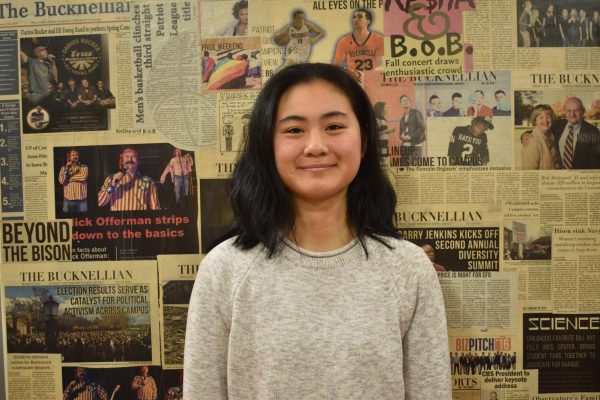Earlier this March, as my parents and I drove further into Queens, NY to reach one of its neighborhoods, Flushing, it felt as if we were being transported into a different world. Slowly, the lettering across the shops and signs turned from English to a plethora of different languages, including Chinese and Korean characters. The streets bustled with lines of busy people, fruit and flower vendors lined the sidewalks and the aroma of baked goods wafted into the streets.
As the daughter of immigrants, going to Flushing wasn’t merely a trip to eat delicious food, but in some ways, it fulfilled a craving beyond my stomach. Growing up in a predominantly white town in Connecticut, I didn’t always understand the importance of learning my parents’ native languages. While my parents tried to remind me that their language and culture was of importance, Mandarin and Cantonese not only felt extremely difficult, but tedious with its complex tapestry of tones and sounds. As a young girl, since others would stress how I was different due to the shape of my eyes or the color of my skin, I sometimes felt an unspoken pressure to prove that I was just as “American” as my classmates. I was born in the same hospital, I liked McDonalds McNuggets and English is my native language. Other times, I felt as if I wasn’t “Chinese” enough. I didn’t understand how my heritage could be a superpower, a beautiful bridge of empathy connecting me to both American and Chinese culture. However, even in my stubborn resistance to learning the language, my parents infused our daily lives with elements of culture, including lots and lots of food. Throughout my childhood, in order to cook homestyle southern Chinese dishes, my parents would drive around an hour to the closest Chinese grocery store and bakery, which was in Flushing, NY. From dim sum (点心) to tang yuan (汤圆), even if I couldn’t pronounce the words, my stomach was fluent.
As a result, on this trip to Flushing, NY, seeing Asian snacks and drinks like Yakult and Haw Flakes on the shelves made me incredibly nostalgic and appreciative. As my parents and I sat and chatted over plates of rice noodles lathered in soy sauce, I noticed that my father’s hair was more gray than black, realizing that precious moments like these come by less frequently. Now that I am older, I’ve stopped trying to box myself into fitting in or pursuing an unattainable feeling of belonging. I started realizing the importance of embracing language and culture, especially in seeing the day-to-day sacrifice and love woven into my parents’ efforts in raising me. Embedded into every language is a culture rich in history, cuisine, art and I learned that Chinese culture is a part of who I am and where I come from—by embracing that, I’ve been able to feel the power and beauty in multiculturalism and multi-faceted identity. As a dear family friend once told me, “if one learns how to play piano, they are able to experience the joy of playing piano and hear its charming melodies—similarly, if you learn your heritage language, embrace the culture, you will be able to appreciate a different culture and reach more people.”
I won’t lie, it hasn’t been easy. It’s taken countless bowls of congee before I started learning Mandarin, and I imagine that this journey of self-discovery is far from over. However, as I ate my most recent bowl of fish congee at Flushing’s Congee Village, I deeply felt the notion that I am not alone. There are many young boys and girls wondering where they belong in a midst of limiting stereotypes dictating whether they are too much of one thing or enough of the other. However, when I look at my favorite foods, from fried rice to bacon cheeseburgers, I am reminded that culture and identity are not how others define them, but how one embraces their own mosaic of experiences. By embracing our own identities, together, we can shatter the barriers that others may feel about their differences—that’s a superpower.




















